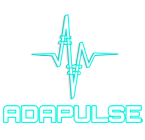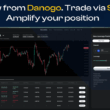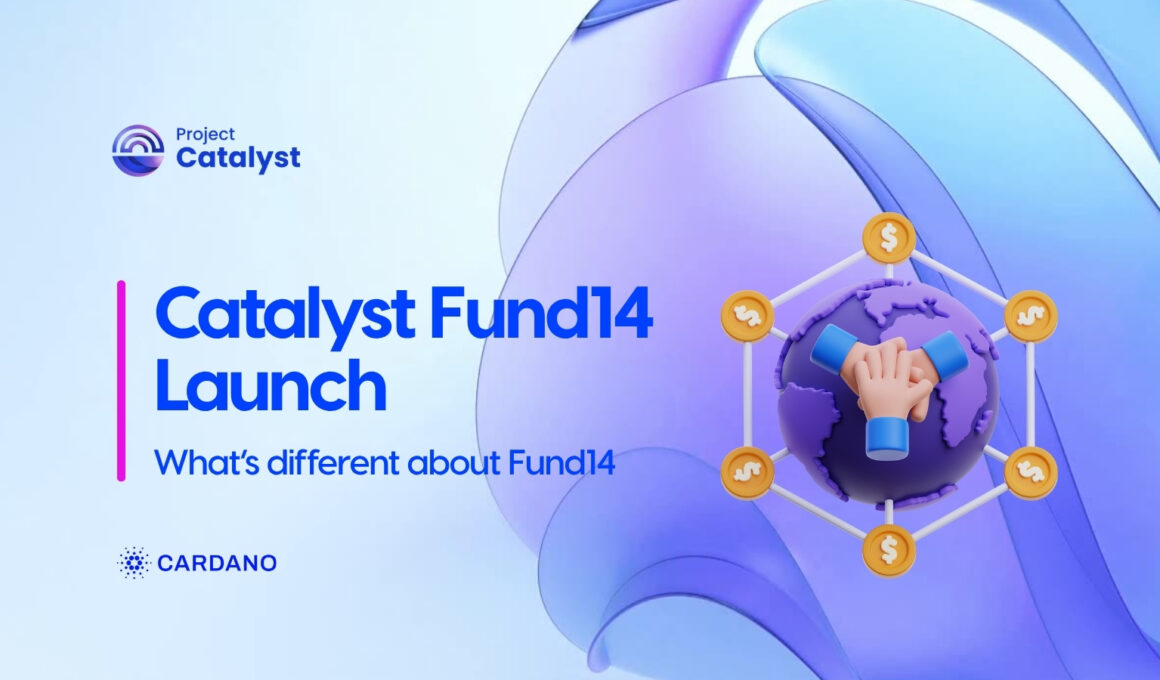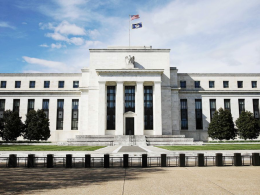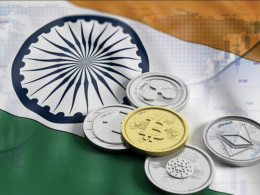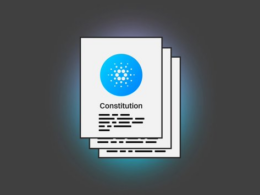Catalyst Fund14 is almost here and this one feels different. There’s more at stake, stronger governance and a clearer structure for both new and returning participants. On July 23 at 3PM UTC, Cardano will officially open the door to a new round of treasury funding. Proposal submissions begin right after the launch event.
Whether you’re building a product, shaping governance, creating educational content or just trying to understand how funding works on Cardano. This is a good time to get involved. Let’s walk through what Fund14 is, how it works and what’s changing in this round.
What is Project Catalyst
Project Catalyst is Cardano’s onchain funding mechanism. Since 2020, it has allowed anyone in the Cardano ecosystem to pitch an idea, receive community feedback and compete for treasury funding through open voting. You don’t need permission to participate.
You don’t need to be a developer. Catalyst supports educators, creators, local organizers, devs, researchers. Anyone who can present a valuable idea. So far, Catalyst has funded over 2,000 projects. It continues to test how decentralized communities can choose what gets built, funded, and supported. That’s why Fund14 matters. It introduces new tools, new rules, and new expectations.
What’s Different in Fund14
Fund14 launches proposal submissions before final treasury approval. This is because the Catalyst team wants to maintain momentum and not delay it.
You can start submitting proposals after July 23 but the actual funding and voting stages will only begin after Cardano’s DReps (Delegated Representatives) approve the treasury withdrawal. This two stage rollout protects the treasury and respects governance while keeping the creative process moving. Here’s the current status:
- The launch event happens on July 23 at 3PM UTC.
- Proposal submissions open right after.
- Treasury withdrawal still awaits governance approval.
- The community can start writing and sharing proposals while waiting for the final green light.
What’s New in the Process
- Fund14 introduces a few important upgrades that improve how the process works, especially for new participants.
- At first, the Catalyst team launched a new Catalyst. This platform lets you submit proposals, explore other submissions, leave feedback and track progress. You no longer need to jump between websites.
- Next one is the review and moderation system now lives inside that app. You can see how proposals are scored and moderated without relying on external forums or spreadsheets.
- Also, Fund14 tests Generalized Quadratic Voting (GQV) for the first time. GQV is designed to make voting more balanced by rewarding thoughtful participation. It runs alongside the regular voting system, so the team can compare both results and improve future rounds.
- One more thing is that each team can only submit six (6) proposals. Catalyst will only consider the first six. Any extras will be archived. This rule encourages teams to focus on quality and not volume.
What Kind of Projects Can You Submit
Fund14 supports two major categories which are Cardano Use Cases and Cardano Open. Each one includes tracks based on the stage or type of the project. Let’s break it down:
Cardano Use Cases
This in particular, focuses on real world applications. If you’re building a product or service that uses Cardano, this is where you apply. Early stage ideas like MVPs or prototypes will go under the Concepts track. More mature projects with mainnet deployments go under the Partners & Products track. These proposals can request anywhere from ₳100K up to ₳1M depending on their scope.
Cardano Open
This is to support the wider ecosystem. If you’re building developer tools, open source SDKs or anything that improves Cardano’s technical stack, you apply under the Developers track. If you’re focused on community growth, education or local outreach. Things like training courses, onboarding programs or creative campaigns. You can apply under the Ecosystem track. To sum it up, if your idea improves Cardano, there’s space for it in Fund14 whether it’s technical or not.
Who Makes the Final Call
In past Catalyst rounds, once voters chose the winners, funds were released automatically. Fund14 changes that. Now, funding decisions go through an extra layer of approval. The DReps will vote on a governance proposal to authorize the treasury withdrawal.
If you’ve never heard of DReps, they’re the people in the Cardano community who hold voting power that others delegate to them. They study proposals, assess the risks and vote on behalf of the people who trust them. You can also vote directly and no one forces delegation.
This is a new structure that gives the treasury decisions more oversight. It makes the process stronger, more reliable and better aligned with Cardano’s broader governance goals.
What if You’re Not a Developer
You don’t need to write code to contribute. Fund14 creates opportunities for all kinds of contributions. You can submit an idea for an educational series, wallet onboarding workshop, campaign to teach people how governance works, local Cardano meet-up in your city or even a research piece that uncovers ecosystem gaps.
These kinds of proposals go under the Ecosystem track and they matter just as much as smart contract tooling. Catalyst is not looking for engineers only but communicators, educators, organizers and storytellers too.
What Has Catalyst Achieved So Far
Let’s look at the numbers because they show real progress. These numbers prove that Catalyst is not a side experiment. It’s one of the largest decentralized innovation engines in all of Web3.
- Catalyst has allocated over ₳293 million across 13 funding rounds.
- It funded 2,091 proposals.
- It completed 1,270 projects, giving Catalyst an 86% completion rate.
- Projects span across 114 countries.
Final Thoughts
After the launch event on July 23, proposal submissions will open through the Catalyst platform. From there, community members can engage with the ideas like reading, sharing thoughts, and offering suggestions. Meanwhile, DReps will vote on the treasury release proposal. If approved, Fund14 moves into the review and voting phase. Selected proposals will then receive funding but not all at once. Teams must deliver on agreed milestones and show clear progress before the next round of funds unlocks. This keeps the process transparent and accountable from start to finish.
Fund14 represents the most structured and community aware version of Catalyst to date. With improved tools, clearer funding categories and stronger links to onchain governance, this round feels more complete. If you’ve been watching from the sidelines, now’s the time to step in. You don’t need a team or a big name, just a strong idea, a real purpose and the courage to start.

